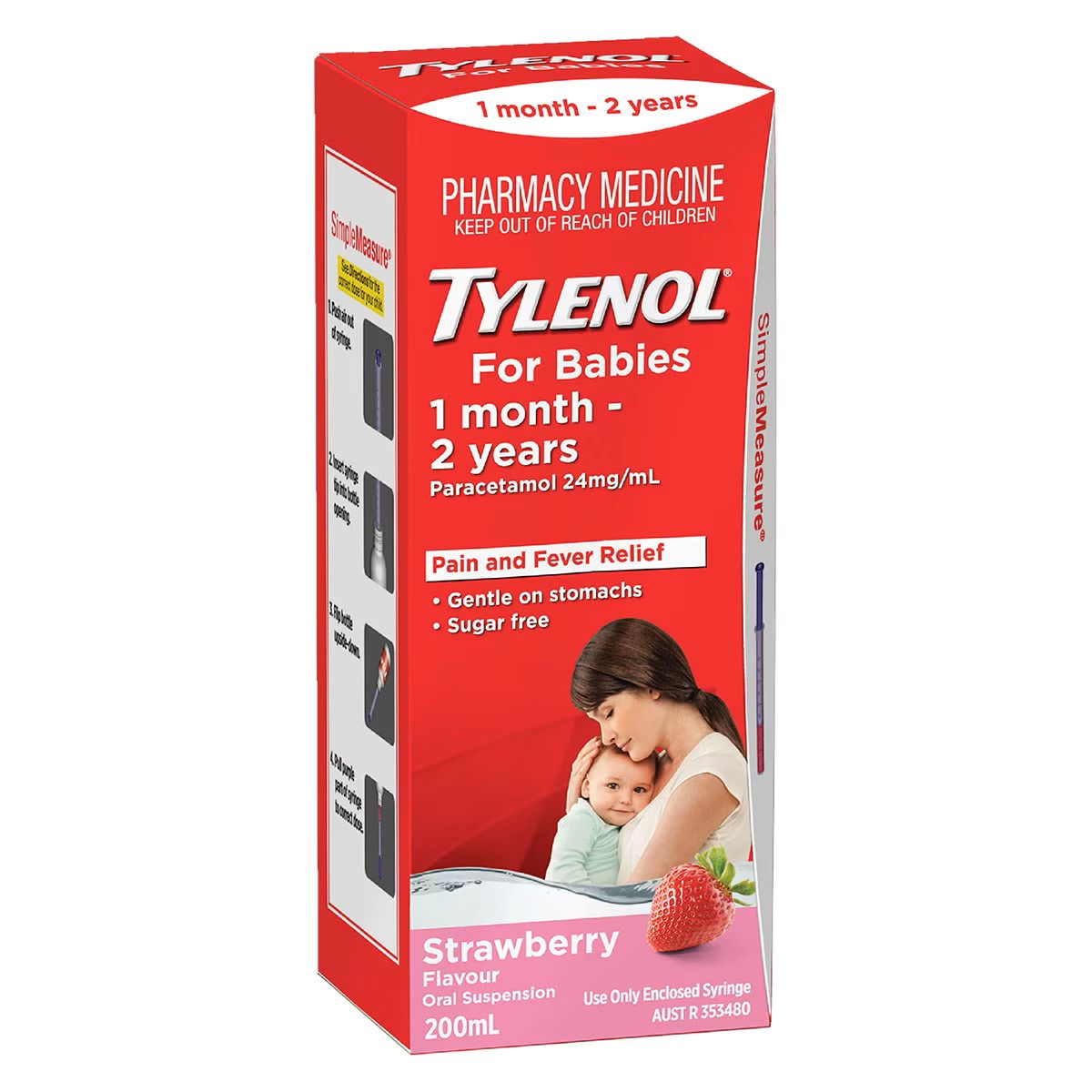

Articles
How To Store Infant Tylenol After Opening
Modified: December 7, 2023
Learn how to properly store Infant Tylenol after opening to ensure its effectiveness and safety. Read our informative articles for tips and guidelines.
(Many of the links in this article redirect to a specific reviewed product. Your purchase of these products through affiliate links helps to generate commission for Storables.com, at no extra cost. Learn more)
Introduction
Welcome to our comprehensive guide on how to store infant Tylenol after opening. As a parent or caregiver, ensuring the safety and efficacy of medications for your little one is of utmost importance. Knowing the proper storage methods for infant Tylenol can help maintain its potency and prevent any potential risks.
Infant Tylenol, also known as acetaminophen, is a commonly used medication for children to reduce fever and alleviate pain. It is available in various forms such as liquid, chewable tablets, and suppositories, catering to the different age groups of children.
Proper storage of infant Tylenol is crucial to maintain its effectiveness and extend its shelf life. Exposure to unfavorable conditions such as heat, light, and moisture can degrade the medication’s quality and potency over time. In this article, we will guide you through the general guidelines for storing infant Tylenol and provide specific instructions on different storage methods to ensure its optimal effectiveness.
By following the recommended storage practices, you can have peace of mind knowing that your infant’s Tylenol is stored properly and will be ready to use when needed. Let’s dive into the details of proper storage for infant Tylenol after opening.
Key Takeaways:
- Proper storage of infant Tylenol is essential for maintaining its effectiveness and safety, ensuring it remains ready for use when needed.
- Different forms of infant Tylenol have specific storage instructions, including refrigeration for certain types, and it’s important to avoid contamination risks through good hygiene practices.
Read more: How To Store Bourbon After Opening
Understanding Infant Tylenol
Before delving into the specifics of how to store infant Tylenol, it’s important to have a basic understanding of what it is and how it works. Infant Tylenol, or acetaminophen, is a widely used over-the-counter medication for infants and young children.
Acetaminophen is classified as an analgesic (pain reliever) and antipyretic (fever reducer). It works by inhibiting certain chemicals in the brain that cause pain and fever, providing relief for various conditions such as fever, headache, muscle aches, and toothaches.
Infant Tylenol comes in liquid form, making it easier to administer to babies and young children who may have difficulty swallowing pills or tablets. It is available in different concentrations to ensure accurate dosing based on the child’s age and weight.
It’s important to note that while infant Tylenol is generally safe and effective when used correctly, it should always be used under the guidance of a healthcare professional. It is essential to follow the recommended dosage instructions based on the child’s age and weight to prevent overdosing.
Now that we have a basic understanding of infant Tylenol, let’s explore why proper storage of this medication is crucial for maintaining its efficacy and safety.
Why Proper Storage Matters
Proper storage of infant Tylenol is vital for several reasons. One of the primary reasons is to maintain the medication’s effectiveness. Acetaminophen, like any other medication, can degrade over time if exposed to unfavorable conditions such as heat, light, and moisture. Improper storage can lead to a decrease in the medication’s potency, making it less effective in relieving pain and reducing fever.
Storing infant Tylenol properly also helps ensure its safety. Medications that are stored incorrectly can become contaminated, posing a risk to the health of the child. Contamination can occur through exposure to germs, dust, or other environmental factors. Additionally, storing medications in the wrong conditions can lead to the growth of bacteria or mold, further compromising their safety.
Another crucial reason for proper storage is to adhere to the manufacturer’s instructions. The manufacturers of infant Tylenol provide guidelines on how to store the medication to maintain its quality and effectiveness. Following these instructions ensures that you are using the medication as intended, maximizing its benefits for your child.
Proper storage also helps in preventing any accidental ingestion or misuse of the medication. Storing infant Tylenol in a secure and designated location away from children’s reach reduces the risk of them accidentally getting hold of the medication and taking an incorrect dose.
Lastly, storing infant Tylenol properly saves you money. Expired or improperly stored medications may lose their potency and effectiveness, resulting in the need to purchase a new supply. By storing the medication correctly, you can extend its shelf life and avoid unnecessary expenses.
Now that we understand the importance of proper storage, let’s delve into the general guidelines for storing infant Tylenol.
General Guidelines for Storage
When it comes to storing infant Tylenol, there are some general guidelines to keep in mind. These guidelines help ensure that the medication remains effective, safe, and ready to use when needed. Here are some key points to consider:
- Read the label: Before storing any medication, including infant Tylenol, carefully read the label for specific storage instructions. The manufacturer’s instructions will provide valuable information on the recommended storage conditions for the medication.
- Keep it in the original packaging: It’s best to store infant Tylenol in its original packaging, as it is designed to protect the medication from moisture, light, and contaminants. The packaging typically includes child-resistant caps for added safety.
- Store in a cool, dry place: Infant Tylenol should be stored in a cool and dry place, away from sources of heat, direct sunlight, and humidity. Exposing the medication to high temperatures or moisture can compromise its quality and effectiveness.
- Avoid storing in the bathroom: Bathrooms, despite being a common storage location for medications, are not ideal for storing infant Tylenol. The fluctuating humidity and temperature levels in bathrooms can negatively impact the medication’s stability.
- Keep out of reach of children: It is crucial to store all medications, including infant Tylenol, in a secure location that is inaccessible to children. Consider using locked cabinets or high shelves to prevent accidental ingestion.
- Check for expiration dates: Regularly check the expiration dates of infant Tylenol. Expired medications may have reduced effectiveness or safety risks. If the medication has expired, dispose of it properly and replace it with a new supply.
- Do not transfer into different containers: Avoid transferring infant Tylenol into different containers, such as pill organizers or loose bottles. The original packaging is designed to provide optimal protection and ensure accurate dosing.
Following these general guidelines will help maintain the potency, safety, and quality of infant Tylenol. However, it’s important to note that there may be specific storage instructions based on the type and form of infant Tylenol you are using. Let’s explore some specific storage instructions for different forms of infant Tylenol in the next section.
Specific Storage Instructions
While the general guidelines for storing infant Tylenol apply to most forms of the medication, there may be specific storage instructions based on the specific form you are using. Here are some specific storage instructions for different forms of infant Tylenol:
- Liquid Form: Infant Tylenol is commonly available in liquid form. The liquid should be stored in its original bottle, tightly closed with the cap. It is recommended to store the bottle upright to prevent leakage. Keep it in a cool and dry place away from light and heat sources. Ensure that the medication is not accessible to children.
- Chewable Tablets: If you are using chewable tablets for your child, keep them in their original blister packs. Store the blister packs in a cool and dry place, away from moisture and direct sunlight. Ensure that the tablets are not accessible to children. Avoid exposing the tablets to extreme temperatures or humidity.
- Suppositories: Suppositories are another form of infant Tylenol. These should be stored in a cool place, preferably in the refrigerator. Ensure that the suppositories are in their original packaging or wrapped individually in foil. Keep them away from food items and ensure they are out of reach of children.
It’s important to note that the storage instructions may vary slightly between different brands and formulations of infant Tylenol. Therefore, always refer to the specific instructions provided on the packaging or consult with a healthcare professional for any additional guidance.
Next, we will explore the different storage methods for infant Tylenol, including storing it at room temperature and in the refrigerator.
Store infant Tylenol after opening in a cool, dry place away from direct sunlight. Make sure the cap is tightly closed and keep it out of reach of children. Check the expiration date and discard any expired medication.
Read more: How To Store Sauerkraut After Opening
Storing Infant Tylenol at Room Temperature
Storing infant Tylenol at room temperature is a common practice for many caregivers. Room temperature refers to a cool and dry environment, typically around 68°F to 77°F (20°C to 25°C). Here are some important considerations when storing infant Tylenol at room temperature:
- Keep it away from heat sources: Ensure that the medication is stored away from heat sources such as radiators, stoves, or direct sunlight. Exposure to high temperatures can compromise the medication’s effectiveness.
- Protect it from humidity: Avoid storing infant Tylenol in areas with high humidity, such as bathrooms or near open windows. High humidity can increase the likelihood of moisture getting into the medication, potentially affecting its quality.
- Store it in a cool place: Find a cool location in your home, such as a cupboard or shelf, where the temperature remains relatively stable. Fluctuations in temperature can impact the medication’s stability.
- Ensure proper closure: Always make sure the bottle or packaging of the infant Tylenol is tightly closed to prevent air, moisture, or contaminants from entering.
- Check for discoloration, odor, or texture: Regularly inspect the medication for any changes in color, odor, or texture. If you notice any abnormalities, such as discoloration or a strong odor, it may indicate a problem with the medication and should be discarded.
Remember to follow the specific storage instructions provided by the manufacturer for the particular form of infant Tylenol you are using. These guidelines will help ensure that the medication remains effective and safe for your child.
In the next section, we will explore an alternative storage option for infant Tylenol: storing it in the refrigerator.
Storing Infant Tylenol in the Refrigerator
Storing infant Tylenol in the refrigerator is another option to consider, especially in warmer climates or during hot summer months. Here are some important points to keep in mind when storing infant Tylenol in the refrigerator:
- Use a designated area: Choose a specific spot in your refrigerator to store the infant Tylenol. This helps maintain consistency and prevents accidental mix-ups with other food items.
- Protect it from moisture: Place the medication in a sealed container or resealable plastic bag before placing it in the refrigerator. This provides an extra layer of protection against moisture.
- Avoid the freezer: Do not store infant Tylenol in the freezer. Extremely low temperatures can alter the medication’s composition and render it ineffective.
- Keep it away from strong odors: Ensure that the medication is stored away from strong-smelling foods or items in the refrigerator. This helps prevent any potential cross-contamination of odors.
- Check for condensation: Before using the refrigerated infant Tylenol, check for any signs of condensation on the packaging. Wipe off any moisture before administering the medication.
- Observe the expiration date: Regularly check the expiration date of the infant Tylenol stored in the refrigerator. Discard any medication that has expired.
It is important to note that not all forms of infant Tylenol may require refrigeration. Always refer to the specific storage instructions provided by the manufacturer. If refrigeration is recommended, following these guidelines will help maintain the quality and effectiveness of the medication.
Remember to consult with a healthcare professional or pharmacist if you have any specific questions or concerns about storing infant Tylenol in the refrigerator.
In the next section, we will discuss some additional tips on how to avoid contamination risks when storing infant Tylenol.
Avoiding Contamination Risks
When storing infant Tylenol, it is important to take precautions to avoid contamination, which can compromise the safety and effectiveness of the medication. Here are some tips to minimize the risk of contamination:
- Wash hands before handling: Always wash your hands thoroughly with soap and water before handling infant Tylenol. This helps prevent the transfer of germs or contaminants onto the medication.
- Use clean utensils: When administering the medication, use clean and dedicated utensils, such as an oral syringe or medicine dropper. Avoid using your fingers or shared utensils to prevent potential contamination.
- Avoid touching the dropper tip: If using a liquid form of infant Tylenol, avoid touching the dropper tip with your fingers to minimize the risk of introducing bacteria. Use the proper technique to measure the correct dosage.
- Do not mix with other medications: Avoid mixing infant Tylenol with other medications unless explicitly instructed by a healthcare professional. Mixing medications can lead to unintended reactions or compromised effectiveness.
- Properly close the bottle: After each use, ensure that the bottle of infant Tylenol is properly closed and sealed. This helps prevent contamination from dust, air, or other elements.
- Store in a separate area: Keep infant Tylenol stored separately from other medications or household products to prevent any potential cross-contamination.
- Dispose of expired or contaminated medication: If you notice any discoloration, change in odor, or suspect that the medication has been contaminated, discard it properly and obtain a new supply. Do not use expired or compromised medication.
By following these measures, you can minimize the risk of contamination and ensure the safety and effectiveness of the infant Tylenol for your child.
Now that we have covered the proper storage guidelines and contamination risks, let’s summarize the key takeaways from this article.
Key Takeaways
When it comes to storing infant Tylenol after opening, here are the key takeaways to remember:
- Proper storage of infant Tylenol is crucial to maintain its effectiveness and safety.
- Infant Tylenol is available in different forms such as liquid, chewable tablets, and suppositories, each with specific storage instructions.
- General guidelines for storage include reading the label, keeping it in the original packaging, storing it in a cool and dry place, and ensuring it is out of reach of children.
- Specific storage instructions may vary depending on the form of infant Tylenol, such as storing it in the refrigerator for certain types.
- Avoiding contamination risks is important by practicing good hygiene, using clean utensils, and not mixing with other medications.
- Regularly check for expiration dates and proper closure of the medication.
- If you are unsure about specific storage instructions or have any concerns, consult with a healthcare professional or pharmacist.
By following these guidelines, you can ensure that infant Tylenol remains effective, safe, and ready to use when needed. Remember, always read the label, adhere to manufacturer instructions, and prioritize your child’s well-being when storing and using medications.
We hope this guide has provided you with valuable information on how to store infant Tylenol after opening. If you have any further questions or concerns, don’t hesitate to reach out to a healthcare professional.
Frequently Asked Questions about How To Store Infant Tylenol After Opening
Was this page helpful?
At Storables.com, we guarantee accurate and reliable information. Our content, validated by Expert Board Contributors, is crafted following stringent Editorial Policies. We're committed to providing you with well-researched, expert-backed insights for all your informational needs.

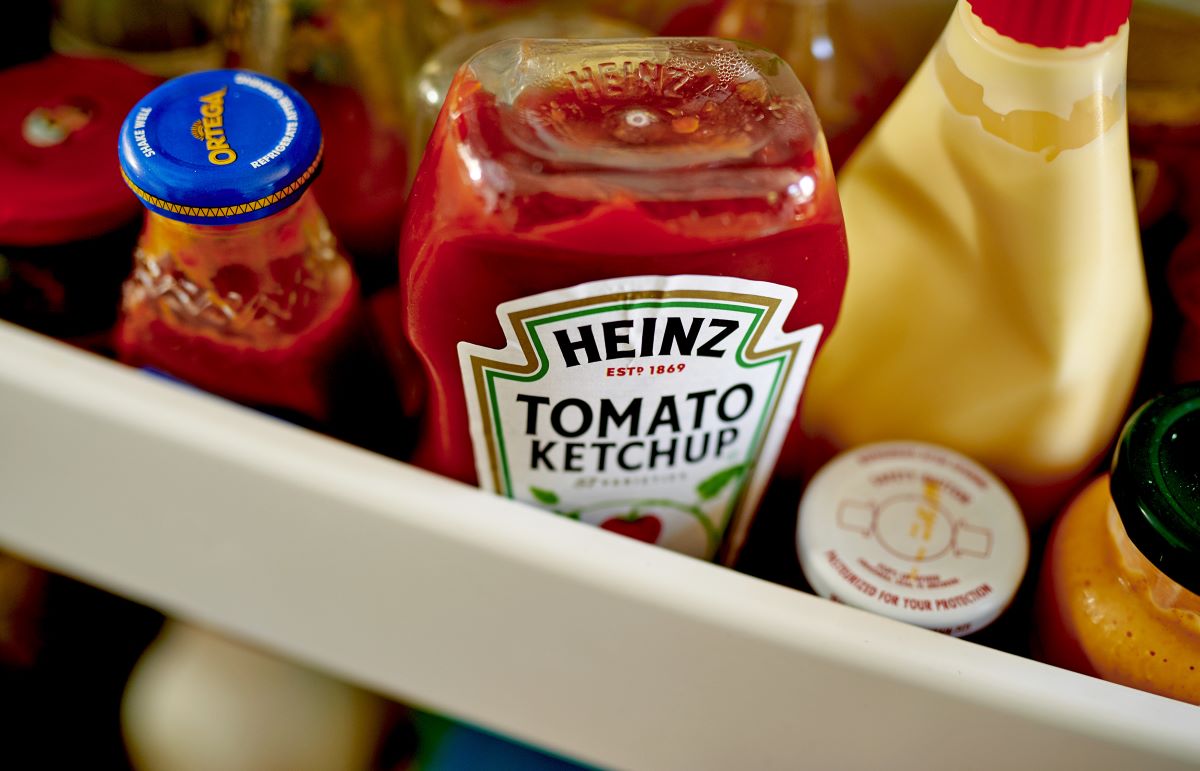
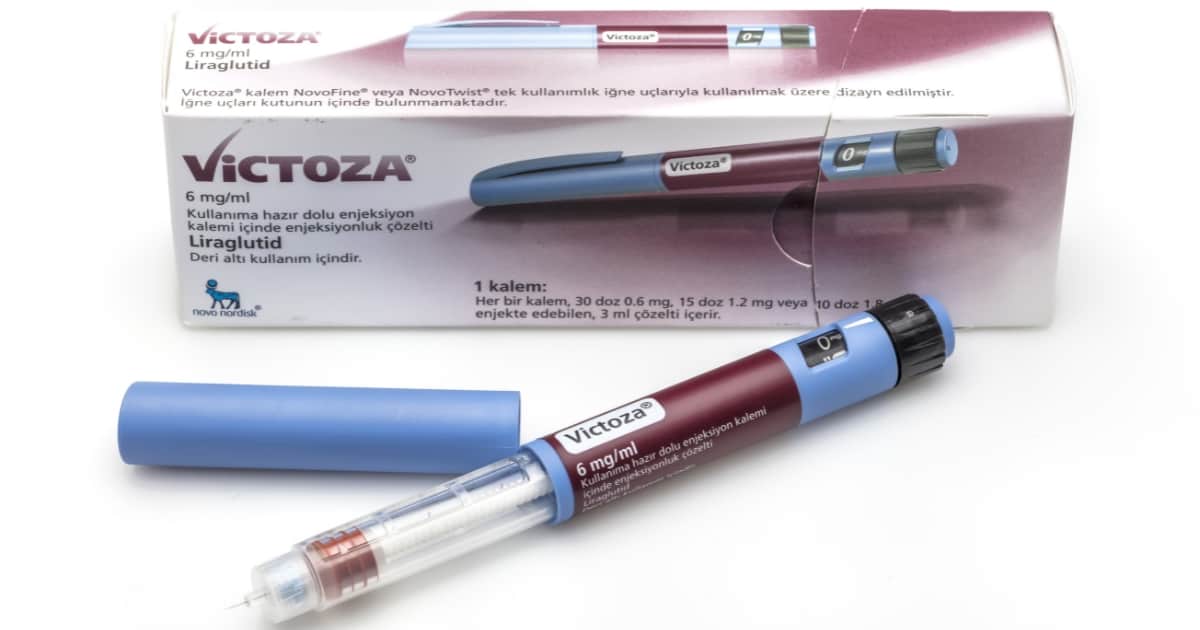

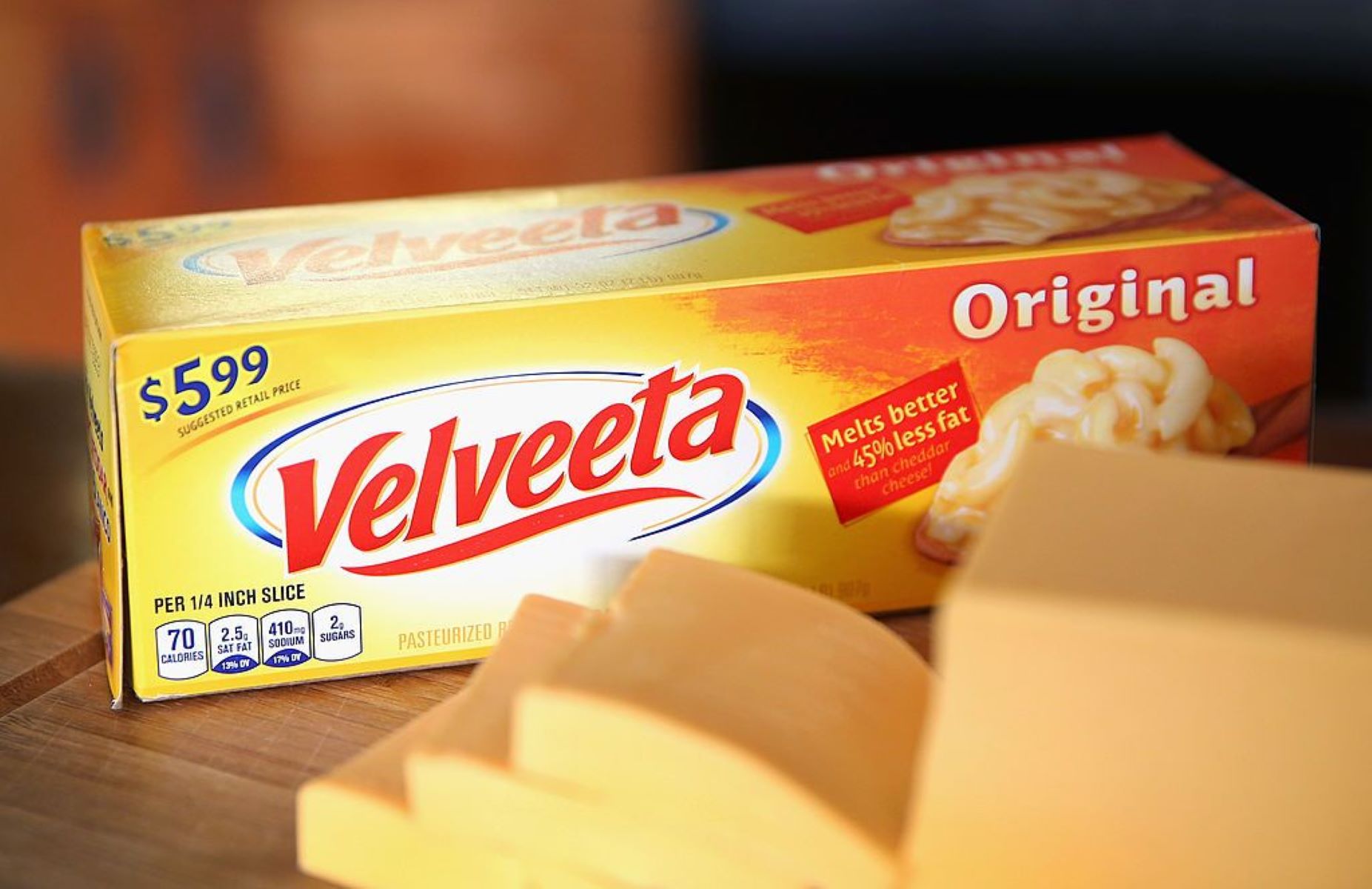

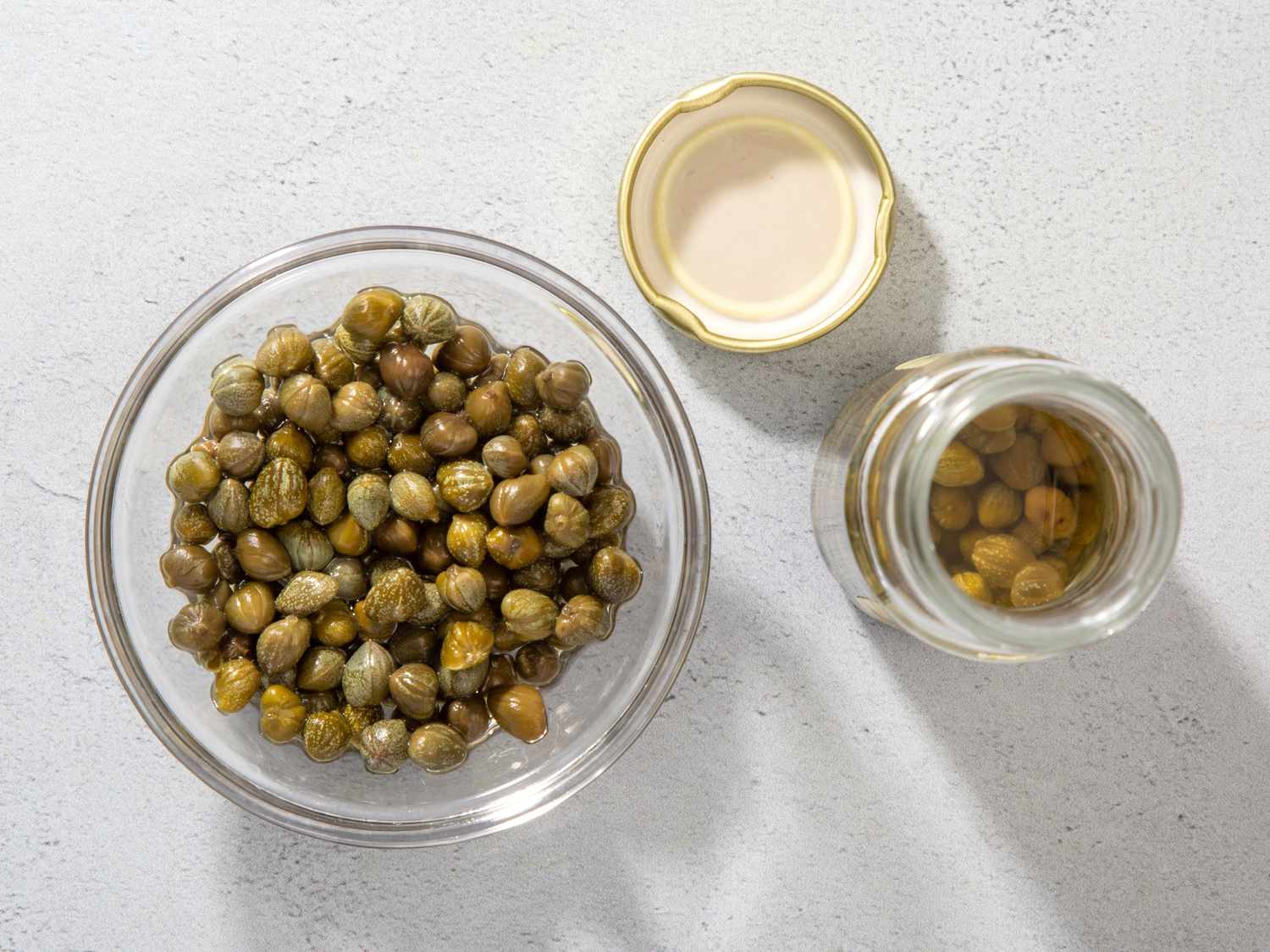


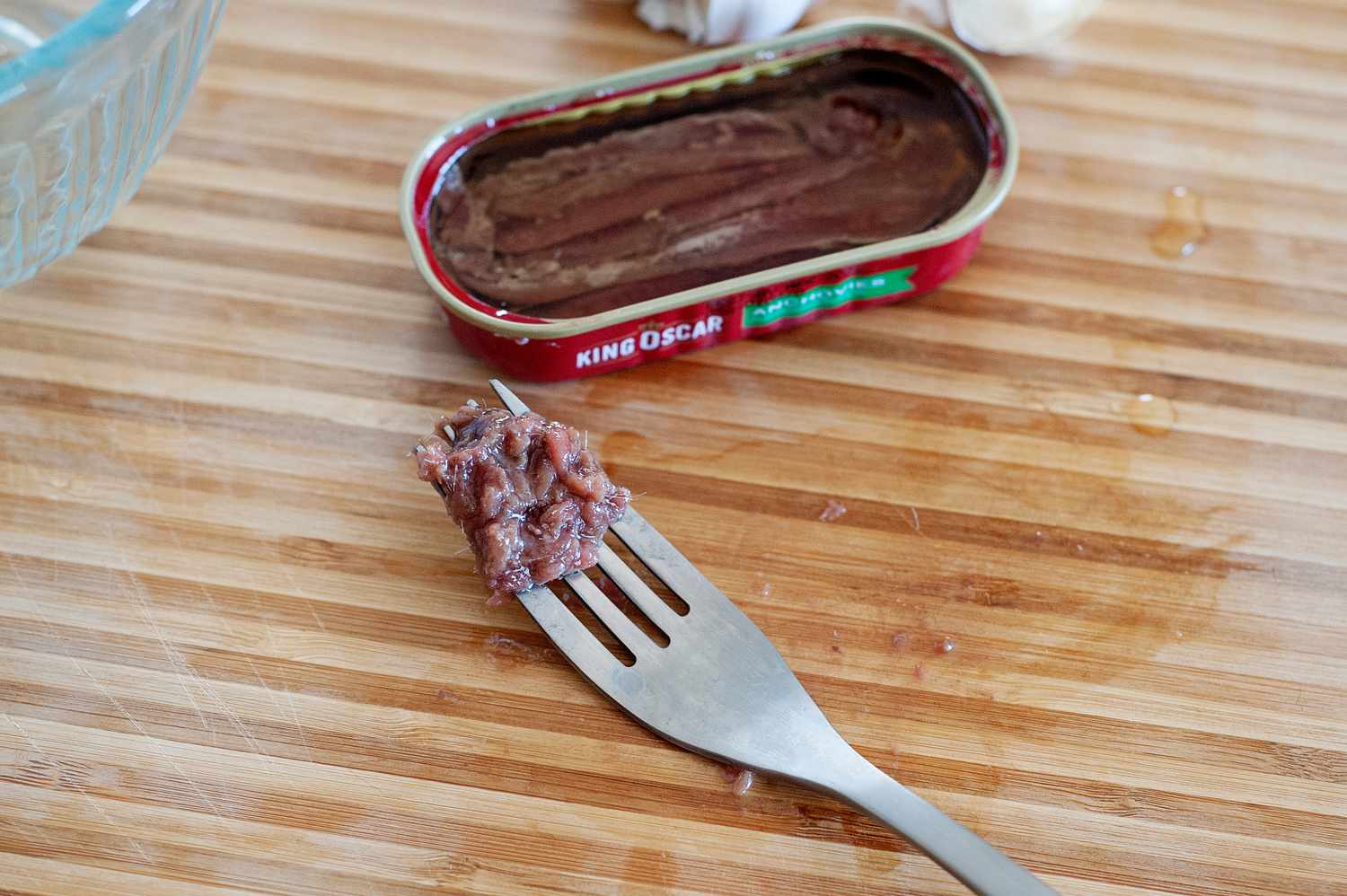





0 thoughts on “How To Store Infant Tylenol After Opening”